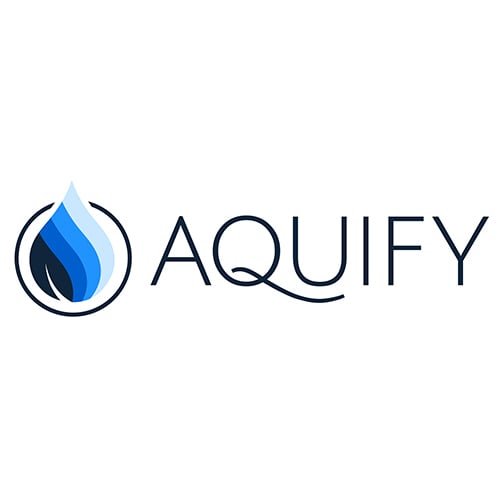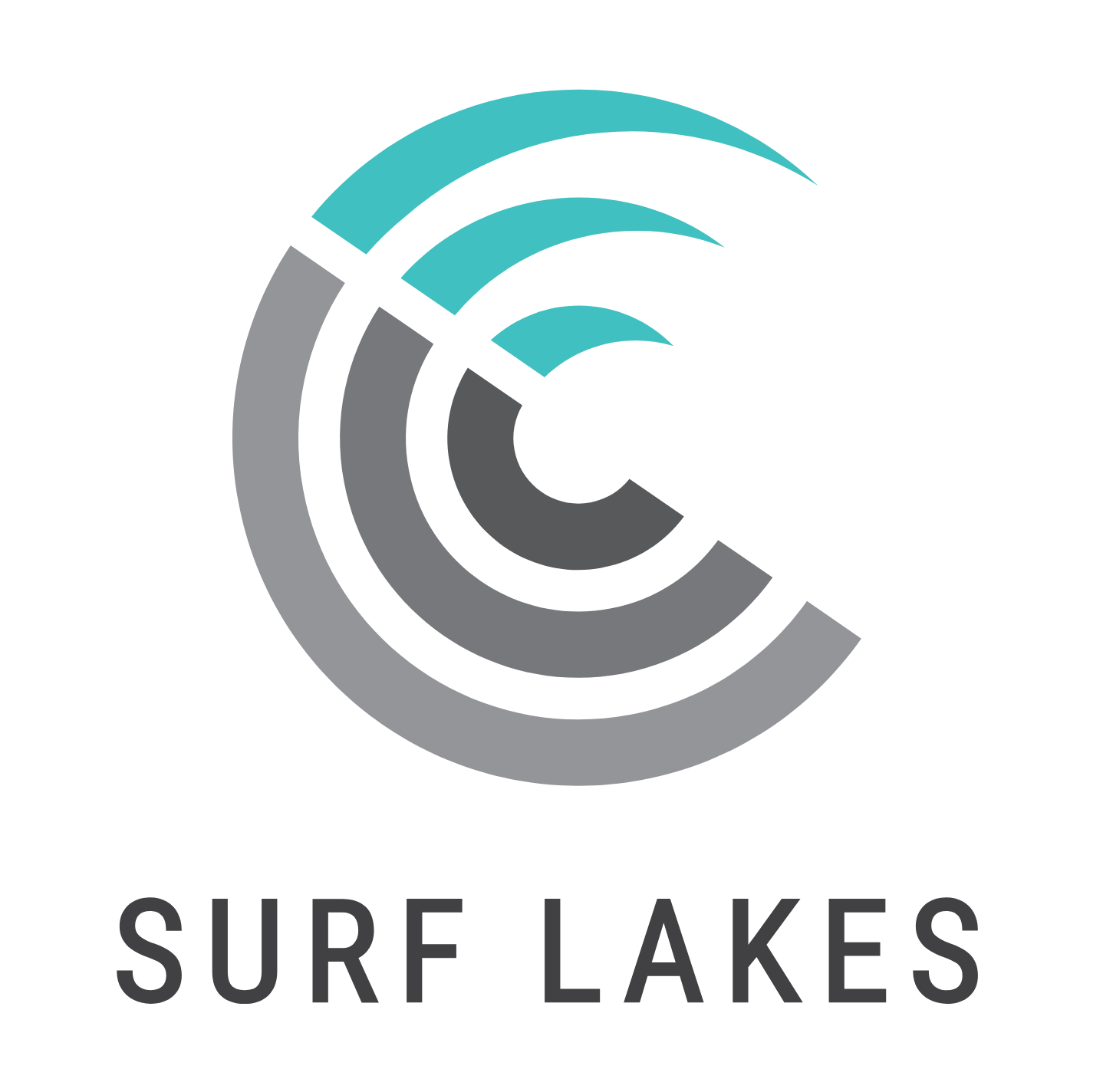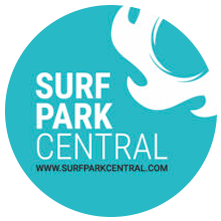In my role as the Director of the Center for Surf Research at San Diego State University, I teach a class on the links between surfing and wellbeing and how a surfing lifestyle can be used to maximize happiness, wellness and well being across the lifespan. In this second installment, exploring how we can communicate the benefits that surf parks can bring to the communities in which they are constructed, I’ll bring some of the research I share in my class to the table and look at how surf parks can contribute to community capacity building and the mental and physical health of customers.
In 2021, a long time research collaborator and friend of mine, Dr Danny O’Brien, a successful longboard competitor and professor of sport management at Bond University on Australia’s Gold Coast, completed a study of the community benefits of surf park development looking in particular at Adventure Park Snowdonia and The Wave Bristol. Drawing on a rich literature of the community impact of sports, Danny applied an existing framework of the dimensions of community capacity and adapted it to explore how surf parks contribute to community capacity building. His results are summarized in the following table, which is taken from his article and shows ways that surf parks clearly positively contribute across all seven dimensions of community capacity.
| Dimension | Definition | How Surf Parks Enhance Capacity |
| Level of skills and resources | Development of and access to resources and skills within the community | Commercial, public, NGO alliances increase resources for the community Increased local home prices Alleviation of local social issues (e.g. unemployment) |
| Nature of social relations | Sense of community, social capital | Positive destination branding effects Stimulation of local pride and economic activity |
| Structures, mechanisms and spaces for community dialogue | Social and inter-organizational networks, mechanisms for communication and citizen input | Establishment of broader societal bonds and dialogue that extend beyond sport to supplement those within sport |
| Leadership | Effective and sustainable community leadership and leadership development | Supply of reliable human resource capacity with strategic leadership skills and business acumen to buttress the work of community sports organization volunteers working for development through sport |
| Civic participation | Distribution of community power and ability for citizens to participate in community processes | Ability to create equitable access to sport opportunities whilst pargeting alleviation efforts at key societal issues |
| Value system | Shared community values that support democracy, inclusion, and social justice | Balance triple bottom line and sports values to enhance equitable access to education, empowerment and self-improvement opportunities that support cultural awareness and community action |
| Learning culture | Understanding and awareness of community history and ability to critically reflect on shared experiences | Knowledge anchored in feedback control mechanisms such as formalized boards and strategic planning. Savvy partnerting by CSO’s with commercial sport actors can alleviate some organizations capacity deficits |
In addition to the community-level benefits from surf park development outlined above, clear physical and mental health benefits accrue to surfers. A 2021 review article (Moreton, Brennan, Nicholls, Wolf and Muir, 2021) explored the mechanisms underpinning the therapeutic effects of surfing. The mechanisms discussed include exercise, water immersion, exposure to sunlight, transcendent experiences, reductions in rumination and the satisfaction of basic psychological needs. While the focus of the research reviewed in the article is on surfing in the ocean, many of the mechanisms appear to translate well into surf park environments, though additional research in the surf park context would be ideal. The mechanisms that are most likely to be driving surfing’s therapeutic efficacy are discussed below.
Surfing involves different types of exercise in different distributions. This includes maximum intensity exercise while paddling explosively to catch a wave and popping up. There are also short bursts of intensity while riding waves. Moderate intensity exercise occurs when paddling back out to catch a wave, adjusting to currents and maintaining positioning. There are also cool down periods while sitting and waiting for waves. The average of these activities generally equate to moderate to vigorous exercise for the duration of a surf session – though this is heavily dependent on conditions and how many waves are caught.
Exercise of this kind increases brain-derived neurotrophic factor, which has the same effect as antidepressants and has anti-inflammatory effects, which can reduce anxiety and depression-like symptoms. This is likely to transfer to surf park surfing, where the higher intensity exercise of actual wave riding time is likely to represent a larger proportion of a surf session. Paddling time is likely to be reduced, and the energy required to punch through lines of whitewater paddling back out after a wave is removed completely. It should be possible to calculate very accurate breakdowns of time distribution for different wave generation technologies and pool sizes, and different settings within the same technology that might be used to show the physical benefits of exercise for surf park users.
Water immersion in surfing may also provide significant health and well-being benefits, particularly when the water temperature is cold. Acute decreases in core body temperature, which are often lacking in modern life, are linked to improved psychological well-being, mood, and decreased anxiety. In fact, holding the breath and submerging the face and nose in cold water triggers a vagus nerve response common to all mammals that is known as the ‘mammalian diving response.’ The heart rate slows by 10-25%, blood flow to the heart and brain increases, and anxiety is almost instantly decreased, leading some to refer to the mammalian diving response as a ‘body hack’ to address acute anxiety. Being outside and having exposure to natural light through eyes while surfing helps to regulate circadian rhythms and facilitates adequate quality and quantity of sleep. Melatonin secretion is increased, which can reduce symptoms of depression, bipolar, anxiety, and ADHD. Skin exposure to sunlight increases feelings of well-being and produces beta-endorphins, impacts serotonin levels, and produces vitamin D. Low levels of vitamin D are linked to depression, ADHD, and schizophrenia. While these mechanisms are not unique to surfing, surf park experiences are certainly able to provide the setting for customers to accrue these benefits.
A repetitive focus on thoughts and emotions of unresolved goals and trauma can interfere with problem-solving. Surfing disrupts, distracts & diverts attention from depressed mood & provides positive reinforcement, and can induce feelings of awe & ‘self transcendence’ linked to ‘peak experiences’ and spirituality. According to the 2021 study, “the highly physical nature of surfing, the mental and emotional challenges involved, immersion in both water and nature plus social aspects of surfing with others gives surfing its transformative and therapeutic potential” (Moreton, Brennan, Nicholls, Wolf and Muir, 2021). How linear the relationship between surfing in the ocean and surfing in a lagoon is in terms of therapeutic potential has not been systematically investigated, but intuitively, many or even most of the positive impacts of surfing seem likely to translate into a surf lagoon experience.
Surfing provides opportunities to and a context in which people can meet some of their basic needs. A need can be understood as ‘an energizing state that, if satisfied, contributes to health and well-being but, if not satisfied, contributes to pathology and ill-being.’ Self-Determination Theory posits that humans possess three basic needs (relatedness, autonomy, and competence – see below for definitions) and that satisfaction of these needs is linked to overall well-being. Further, the theory suggests that fluctuations in the satisfaction of these needs can predict fluctuations in well-being.

Surfing provides opportunities for satisfying all three of these basic needs, and most surfers will recognize how surfing helps them achieve the satisfaction of these needs. There are many documentaries showing how surfing has the power to be a transformational experience for diverse communities of people. I show the films Resurface and A Surfer From South Central to my students at San Diego State University to demonstrate this. While those films deal with surfing in the ocean, it again seems likely that most of the benefit from surfing gained by the subjects of the films would translate into a surf lagoon, and indeed, surf therapy and adaptive surfing championships have been successfully staged in surf parks.
A recent paper by another member of my surf research community, Ralph Buckley from Griffith University in Queensland, Australia (Buckley & Cooper, 2023), estimated a dollar value of the mental health benefits of surfing on Australia’s Gold Coast and globally. The study stepped out of Ralph’s previous work on the mental health value of visits to national parks in Australia and assumed the benefits of a surf session were equivalent to a visit to a national park. While the comparison lacks empirical rigor the argument is made that surfing may yield even more benefits than national parks visits given physical health benefits that yield secondary benefits for mental health. In summary Ralph and his co-author found that:
- The mental health benefits of surfing for the Gold Coast has a value of US$1.0 – 3.3 billion per year.
- Mental health benefits represent 57-74% of the total economic benefits of surfing.
- Mental health benefits represent 4.4 – 13.5 times the direct expenditure of surfers.
- Mental health benefits represent 4-12 times the economic effects via property and inbound tourism.
- Assuming there are 50 million surfers worldwide, and the value of benefits are equal across the global surfing population, the global mental health benefits of surfing are estimated to be US$0.38-1.3 trillion.
These are some pretty interesting numbers, but how were they calculated? Two different estimation methods were used in the original study of national park visits in Australia which had a sample size of just under 20,000. The two methods were.
- $/QALY – the financial value of a quality-adjusted life year. “This is the mean amount that a society pays, from all sources, for all medical treatments to improve individual quality of life, standardized for a year with zero loss of life quality. At the population scale, $/QALY can be used to calculate the economic value of small marginal changes in measured quality of life”. Mean beach visits per capita per year in Australia were 6. According to a 2008 socioeconomic study of surfing on the Gold Coast conducted by Neil Lazarow, the mean number of surf sessions per year for surfers on the Gold Coast is 100. Using the numbers generated in the national parks study, if mean per capita beach visits per year is moved from 0 to 6, a 4% increase in quality of life is generated, which is valued using the $/QALY method at US$8k per year. Basically, a quality adjusted life year in Australia is valued at $200,000. Increasing to 100 sessions per year generates an 8% increase valued at US$16k per year (the relationship between frequency and health benefits is not linear, so there are diminishing returns as frequency increases). The number of Gold Coast surfers was assumed to be 130,000.
- Productivity+healthcare method. Assuming surfing reduces stress from high to low levels, this creates a 10% improvement in per capita workplace productivity and a 10% reduction in the cost of mental healthcare. Using mean per capita GDP and per capita spending on mental health care, the cost reduction caused by surfing’s productivity increases and mental health care costs decreases can be calculated.
I thought it might be fun to do a back-of-the-napkin calculation using the same assumptions Ralph used and derive an estimate of the mental health benefits of surfing for California using the $/QALY method. Here’s how it penciled out:
- Number of surfers in California = 1.353 million (2023 Surf Park Consumer Trends Study)
- Personal Wellbeing Index (PWI) is a measure that can be used to gauge increases in wellbeing – A visit to a national park increases PWI by 2.2% (Buckley’s work in Australia)
- QALY in US valued at $50,000 – $150,000
- 100 surf sessions per year = 8% increase in quality of life (Buckley) based on the high value of US QALY at $150,000 = $12,000 per surfer.
- 6 surf sessions per year = 4% increase in quality of life based on the high value of US QALY at $150,000 = $6000 per surfer.
- Assuming 1.4 million surfers in California and the high QALY value of $150,000, the annual value of surfing to the California surfing population in terms of quality adjusted life years is $8.4 – $16.8 Billion.
These figures are pretty rubbery and based on some unsafe assumptions that a national park visit is equal to a surf session in terms of quality of life improvements. However, this work does demonstrate that it is theoretically possible to devise a methodology to calculate in dollar terms the physical and mental health benefits of surfing for an individual and even an individual surf session. It is, therefore, also theoretically possible to calculate a dollar value of the physical and mental benefits of surfing accessed through a surf park. That would be a pretty handy data point in making the case that a surf park should be a valued community asset.































You must be logged in to post a comment Login